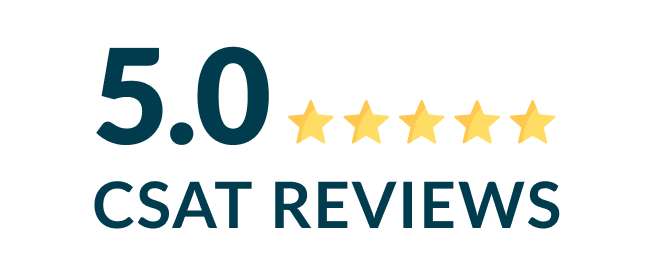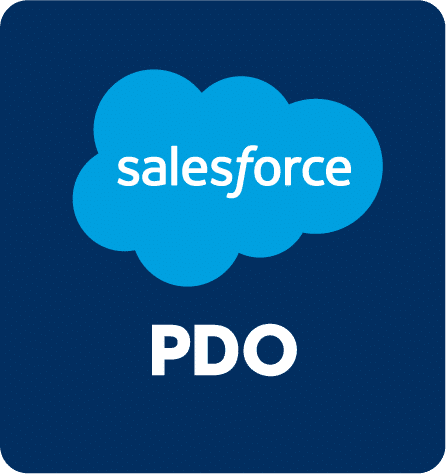
- TPM
Why is TPM Essential for the CPG Sector
Introduction: The CPG Sector’s Silent Crisis
Fast-Moving Consumer Goods (FMCG) companies dominate global commerce. Their products—soaps, snacks, and beverages—are household staples worldwide. Yet, despite this dominance, a silent crisis exists: inefficient trade promotions. The Consumer Packaged Goods (CPG) industry spends a staggering $500 billion annually on trade promotions, yet 70% fail to generate the expected ROI.
Why? Because many brands still rely on fragmented, outdated systems that lack a cohesive strategy. The result? Revenue leakage, misaligned efforts, and missed growth opportunities.
This is where Trade Promotion Management (TPM) steps in—not just as a tool, but as a structured approach to manage, optimize, and execute trade promotions effectively. When paired with advanced systems like Demand Forecast Master, Revenue Growth Management (RGM), and Trade Spend Master, TPM transforms promotional spending into a strategic driver of profitability.
What is Trade Promotion Management (TPM)? A Precision Engine for FMCG
TPM orchestrates the end-to-end lifecycle of trade promotions, seamlessly integrating strategic planning, budgeting, promotion planning, execution, monitoring, and analysis. The objective? Maximizing promotional ROI while minimizing inefficiencies.
Breaking TPM Down into Core Components:
- Strategic Planning: Defines high-level business objectives and commercial strategies before budgeting begins.
- Budgeting: Allocates trade spend based on historical performance and forecasted demand.
- Promotion Planning: Develops specific promotion tactics after budgeting is finalized.
- Execution & Monitoring: Tracks promotion performance in real time.
- Post-Promotion Analysis: TPM systems measure traditional metrics like sales lift and ROI—and are now evolving to include sustainability performance indicators
As eco-conscious consumer demand grows, brands increasingly measure environmental impact alongside financial performance. For instance, switching from printed flyers to digital coupons or using recyclable promotional displays reduces waste and strengthens brand loyalty.
Advanced TPM platforms now support tracking sustainability KPIs such as packaging reduction, carbon emissions tied to campaigns, and waste avoidance. These insights help brands align promotions with broader ESG goals, making trade spend not just profitable but purposeful.
The Role of Integrated Systems in TPM
- Demand Forecast Master: AI-powered forecasting analyzes historical sales, weather, and competitor activity to predict demand accurately. Paired with loyalty and behavioral data, it strengthens more precise, personalized promotions, reducing waste, improving stock flow, and increasing relevance.
- Revenue Growth Management (RGM): Machine learning models simulate different pricing and promotional scenarios to find the most profitable mix. RGM ensures that every campaign supports long-term margin growth, not just volume spikes.
- Trade Spend Master: Real-time tracking and AI-driven validation of promotional spend across all retailers reduces errors and fraud. This ensures total visibility and enables smarter budget reallocation.
- Marketing Events Master: AI streamlines multi-channel promotion planning by centralizing timelines, automating approvals, and evaluating campaign impact. The result is faster execution, stronger brand consistency, and higher ROI.
Without these integrated systems, trade promotions remain disjointed and ineffective. TPM ensures they function as a cohesive, data-driven strategy.
With AI at its core, these systems transition from reactive tools to proactive growth engines, anticipating market shifts and recommending promotion tactics before competitors move.
Together, these systems form the digital nervous system of an efficient FMCG enterprise. But why is this so critical? Because trade promotions can’t succeed in silos. They require a unified strategy powered by data and now, powered by intelligence.
The Key Pillars of TPM Success
1. Demand Forecast Master: Precision in Anticipation
Promotions without demand forecasting are a gamble. Demand Forecast Master eliminates uncertainty by:
- Analyzing historical data, seasonality, and market trends to generate precise demand predictions.
- Leveraging AI-driven models that adjust forecasts in real time.
- Preventing stockouts and overstocking to optimize sales and minimize waste.
For instance, a beverage company planning a holiday discount campaign can ensure accurate stock levels, maximizing sales while avoiding excess inventory.
2. Revenue Growth Management (RGM): Beyond Just Promotions
Revenue Growth Management (RGM) is about more than promotions—it encompasses pricing, trade investments, assortment strategy, and channel management. Key functionalities include:
- Granular profitability analysis by SKU, region, and channel.
- Scenario planning to simulate the financial impact of different promotional strategies.
- Data-driven pricing optimization that ensures promotions drive net revenue growth, not just volume.
By integrating RGM, brands shift from a volume-driven approach to a profit-centric strategy, ensuring sustainable growth.
3. Trade Spend Master: Ensuring Every Dollar is Accounted For
Trade promotions constitute one of the largest budget items in FMCG, yet many brands struggle with visibility. Trade Spend Master provides:
- Real-time tracking of promotional spend across all channels and retailers.
- Automated claim validation to reduce errors, fraud, and disputes.
- Spend efficiency analysis to identify underperforming promotions and reallocate budgets accordingly.
With Trade Spend Master, brands eliminate waste and optimize spend, ensuring maximum return on investment.
4. Marketing Events Master: Seamless Campaign Execution
Executing promotions across multiple SKUs and global markets is complex. Marketing Events Master simplifies this by:
- Centralizing campaign planning to maintain brand consistency.
- Automating approvals, timelines, and budget tracking within a unified platform.
- Providing post-event analytics to assess impact and refine future promotions.
This ensures that marketing efforts are cohesive, aligned, and ROI-driven.
Real-World Success: Case Studies That Prove the Power of TPM
1. Hershey’s Forecasting Transformation
- Challenge: Inconsistent demand forecasting led to stockouts and surplus inventory.
- Solution: Implemented AI-powered Demand Forecast Master.
- Result: 99.5% forecast accuracy, reducing waste and improving trade spend efficiency by 730 basis points.
2. PepsiCo’s Revenue Optimization
- Challenge: Needed to align promotions with long-term revenue growth rather than short-term sales volume.
- Solution: Integrated Revenue Growth Management (RGM) and Trade Spend Master to track ROI by SKU, retailer, and region.
- Result: Eliminated 15% of unprofitable promotions, reallocating funds to high-performing campaigns.
3. Unilever’s Global Promotion Consistency
- Challenge: Disjointed promotions across different regions led to inconsistent branding.
- Solution: Implemented Marketing Events Master to centralize campaign execution.
- Result: 20% improvement in campaign effectiveness, strengthening retailer partnerships.
Future Trends: Where is TPM Heading?
The next era of Trade Promotion Management will be driven by AI, automation, and transparency. Emerging trends include:
-
- Hyper-Personalized Promotions: AI-driven dynamic pricing and customized offers for individual consumers.
- Blockchain Transparency: Immutable trade spend tracking and fraud prevention.
- End-to-End Automation: AI-driven promotion planning, execution, and real-time adjustments.
- Retail Media Networks (RMNs): Digital ad platforms like Amazon and Walmart have become integral to TPM strategies, requiring unified tracking and performance measurement.
- Real-Time Dynamic Pricing: AI adjusts promotion pricing instantly based on demand, stock, or competition, helping brands respond faster and protect margins.
The future of TPM isn’t just about improving efficiency—it’s about revolutionizing revenue growth strategies.
Conclusion: The Time to Act is Now
In the hyper-competitive CPG industry, trade promotions can either fuel growth or drain resources. The difference lies in how they’re managed.
With advanced tools like Demand Forecast Master, Revenue Growth Management, Trade Spend Master, and Marketing Events Master, FMCG companies can shift from reactive, siloed planning to proactive, integrated execution. This is not just an improvement—it’s a fundamental transformation.
The question isn’t whether you need TPM—it’s whether you’re ready to embrace it before your competitors do.
For companies seeking expert guidance, Advayan offers tailored solutions to streamline Trade Promotion Management.








